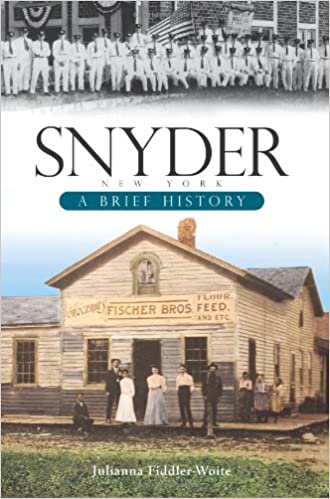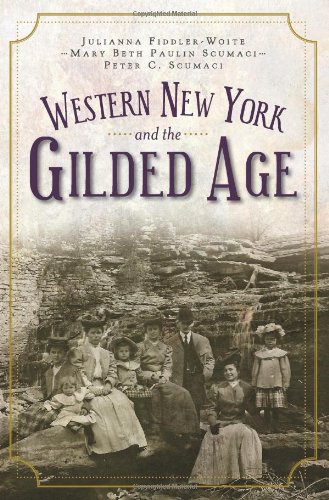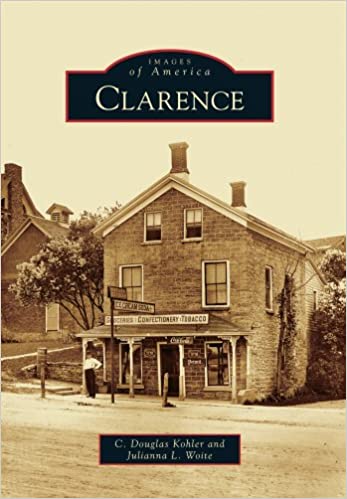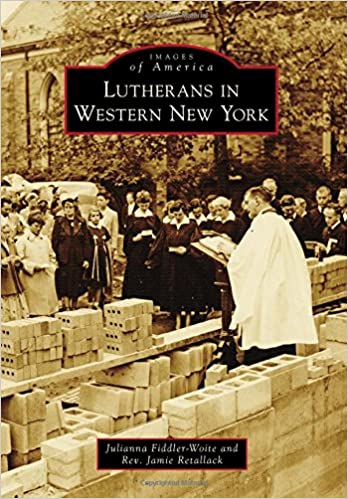Books
Whether you are looking for Buffalo area fiction or non-fiction, this is the place for you!
Our Invisible String
by Julianna Fiddler Woite
Paperback, 205 pages
Young Adult/Adult Historical Fiction
ISBN: 978-0578379777
PLEASE SUPPORT YOUR LOCAL SHOPS & BOOKSTORES
Out of Town? Click here to order online!
For bulk orders and signed copies contact jlwoite@yahoo.com
To her friends, 1957 might be remembered as the year Elvis played Memorial Auditorium or the year Buffalo, NY celebrated its 150th Anniversary, but to 16 year-old Josie Johnson, 1957 will only be remembered for one thing. It was the year she fell in love with Jack Riley. Despite knowing an affair with Jack could ruin her family, Josie reluctantly finds herself tangled in their invisible string,. Trying to live within her limits, Josie begins to spiral through the emotional stages of grief and embarks on a year-long journey that will test both her character and her ability to find beauty between the lines.
Visit the tabs below to explore the real Buffalo of 1957 and learn more about the people, places and events that appear in the book!

Snyder NY - A Brief History
Paperback, 160 pages
Non Fiction
In 1823, the Erie Canal sparked visions of opportunity and fortune in many, including Abraham Snyder, who traversed to the land that would become his namesake. But when Abraham mysteriously disappeared in 1832, his son, Michael, became the “man of the family” and consequently became a one-man powerhouse of industry and generosity. Michael Snyder’s eponymous settlement became a hamlet of Amherst in western New York that boasts a rich history dating back to its origins. The Snyders and other early settlers established several town institutions and landmarks—including the first mercantile and band hall—that gave locals a sense of community. Further, because of their humanitarian spirit, residents cultivated a sense of generosity and tolerance, evidenced by the practice of donating instruments to schoolchildren and embracing the Seneca Indian tribe as equals. Lifelong resident and Snyder descendant Julianna Fiddler-Woite.

Western New York & the Gilded Age
By Julianna Fiddler Woite, Mary Beth Scumaci & Peter Scumaci
Paperback, pages 160 pages
Published by The History Press (July 6, 2010)
Non Fiction
ISBN-10: 1596299827 (ISBN-13: 978-1596299825)
Born from the success of the Erie Canal, the communities of Western New York enjoyed a century of growth and prosperity during America’s Gilded Age. Buffalo was one of the richest cities in America and dominated industry and politics, producing two presidents. Wealth and architectural opportunity enticed figures like Frank Lloyd Wright, while the events of the Pan-American Exposition and a presidential assassination and inauguration attracted the world’s attention. Drawing on the natural resources of Niagara Falls and profiting from a friendly relationship with Canada, the people of Western New York enjoyed luxurious leisure time and documented their adventures in photo albums and postcards. It is these images and remembrances, beautifully reproduced in this book, that capture this charming time in Western New York’s history.

Images of America: Clarence
by C. Douglas Kohler & Julianna L. Woite
Paperback 128 pages
Published by Arcadia Publishing (November 12, 2012)
Non Fiction
ISBN-10: 0738597554 (ISBN-13: 978-0738597553)
Located 12 miles northeast of Buffalo, Clarence is proud to be both a bustling suburb and the oldest town in Erie County. When the Town of Clarence was formed on March 11, 1808, it incorporated six settlements: Clarence Hollow, Harris Hill, Clarence Center, Wolcottsburg, Swormville, and East Amherst. Four years later, this area played a vital role in the War of 1812 by providing men for the American militia and housing refuges after the burning of Buffalo. During the 200 years since, Clarence has thrived as an agricultural community. Grown from such pioneer families as Van Tine, Harris, Ransom, Eshelman, Parker, and Lapp, Clarence remains home to 30,000 residents and has housed notable personalities like Wilson Greatbatch and Joan Baez. Clarence has featured the businesses of the National Gypsum Company and Greatbatch Industries and proudly boasts historical icons, such as the Spoor Hotel and the Goodrich-Landow Log Cabin.

Lutherans in Western New York
by Julianna Fiddler Woite & Rev. James Retallack
Paperback 130 pages
Published by Arcadia Publishing (October 12, 2015)
Non Fiction
ISBN-10: 1531678084 (ISBN-13: 978-1531678081)
During the construction of the Erie Canal in the early 1820s, the population of Western New York increased 145 percent. Many of these pioneers were European immigrants, with a high concentration hailing from the German-speaking states. These immigrants brought their Lutheran ideals and continued to practice the religion in their new homeland. By 1827, the first official Lutheran church in Erie County had been incorporated as the German Reformed Church, known today as St. Paul’s Lutheran Church in Eggertsville. Soon after, the need for mission churches arose, and by the mid-1800s, Lutheran congregations had been established in several Western New York suburbs. During the following century, the Lutherans in Western New York would undergo growth and change. While all congregations eventually abandoned German as their primary language, many struggled to further separate from their German roots during the Nazi regime. Today, there are nearly 200 Lutheran congregations in New York.
